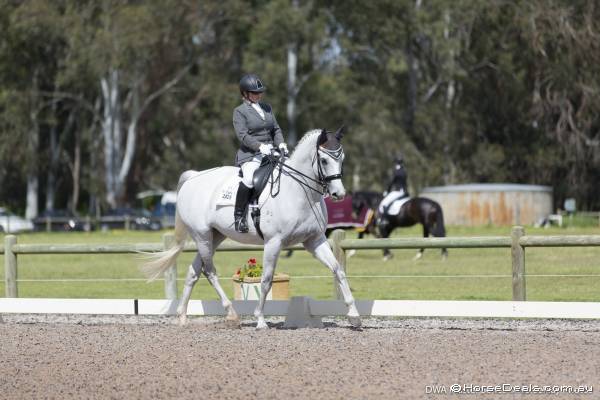
19 Apr Liz Tollarzo: What do I feed my horses?
Liz Tollarzo is a dressage coach and rider based in Western Australia. Having ridden at the FEI level at the Australian Dressage Championships, she knows what it takes to keep horses looking and feeling their best to compete.
“What do I feed my horses…. I see more and more posts regarding feeding and thought I would do my own post on the subject.
I believe in keeping horse feeding as simple as possible. I am highly aware of the fact that the horse’s natural way of feeding is to be a constant grazer – eating nearly all day long with periods of rest. Feeding little and often is very important if the horse is not able to graze or forage 24 hours a day; a situation that is very common in most agistment places or private properties all over Australia (but more prevalent in horses kept near city areas or with competition horses).
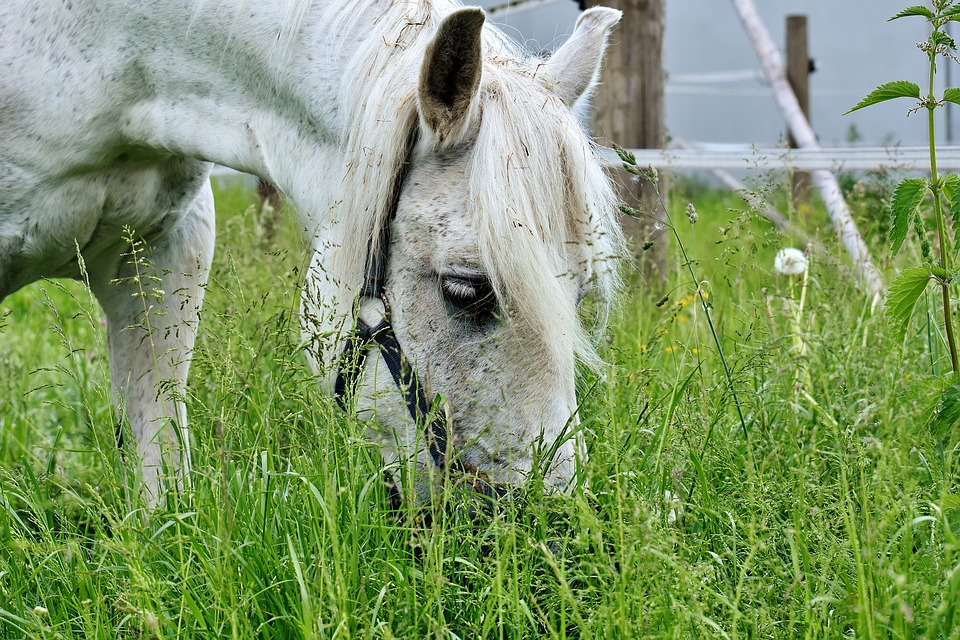
Before thinking about how to feed the individual horse, it is useful to know how the horse’s digestive system actually works.
Starting with the teeth – regular dentist care is required for chewing to take place successfully. The purpose of chewing is to produce saliva and make the particles of food smaller before swallowing. The horses stomach is small in proportion to the size of a horse; it can only hold 4-8 litres of food, which travels through to the small intestine (often within 20-30 minutes of being eaten, although it can hang around for 1-2 hours)… In comparison, water travels quickly through the stomach.
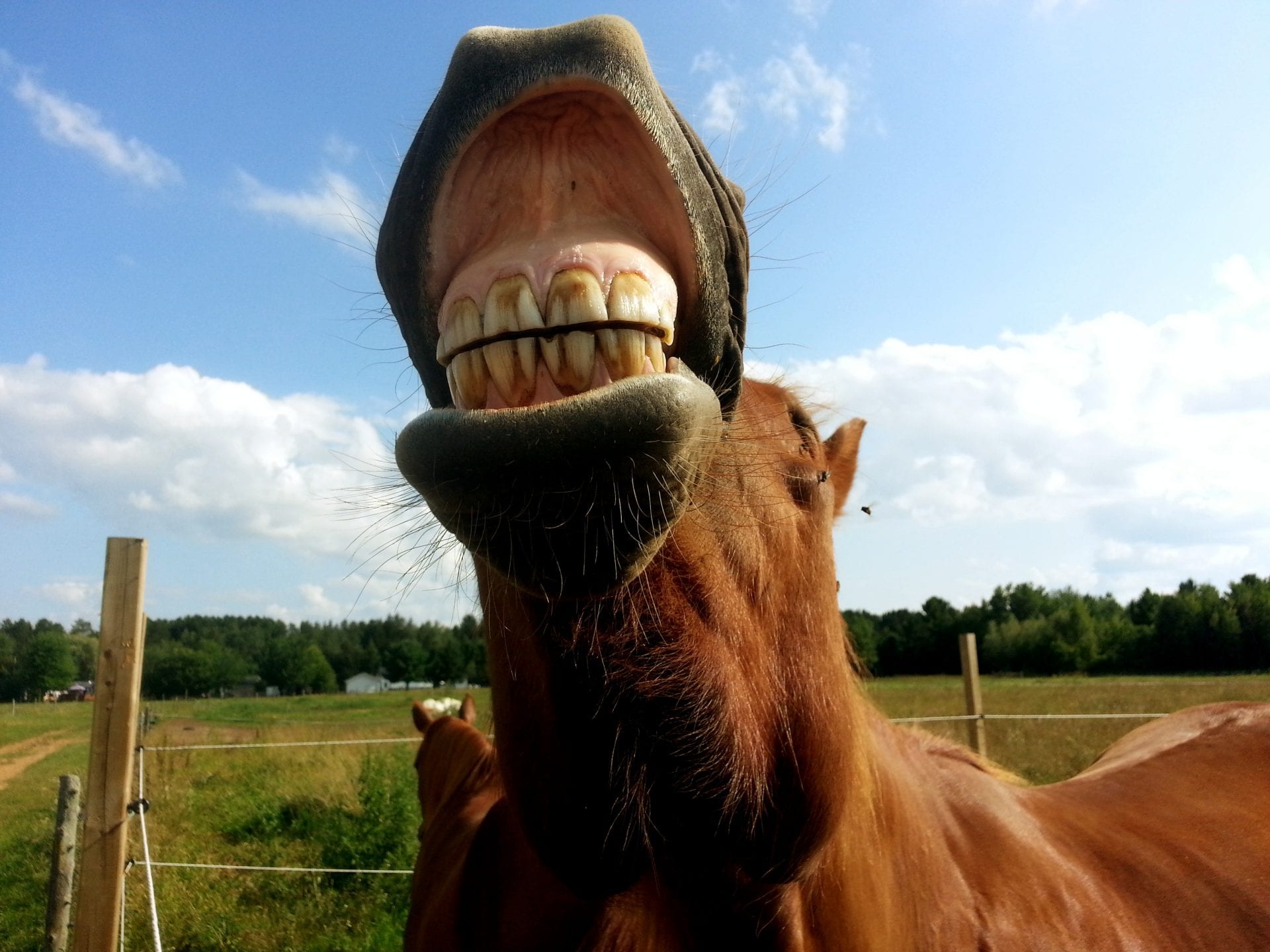
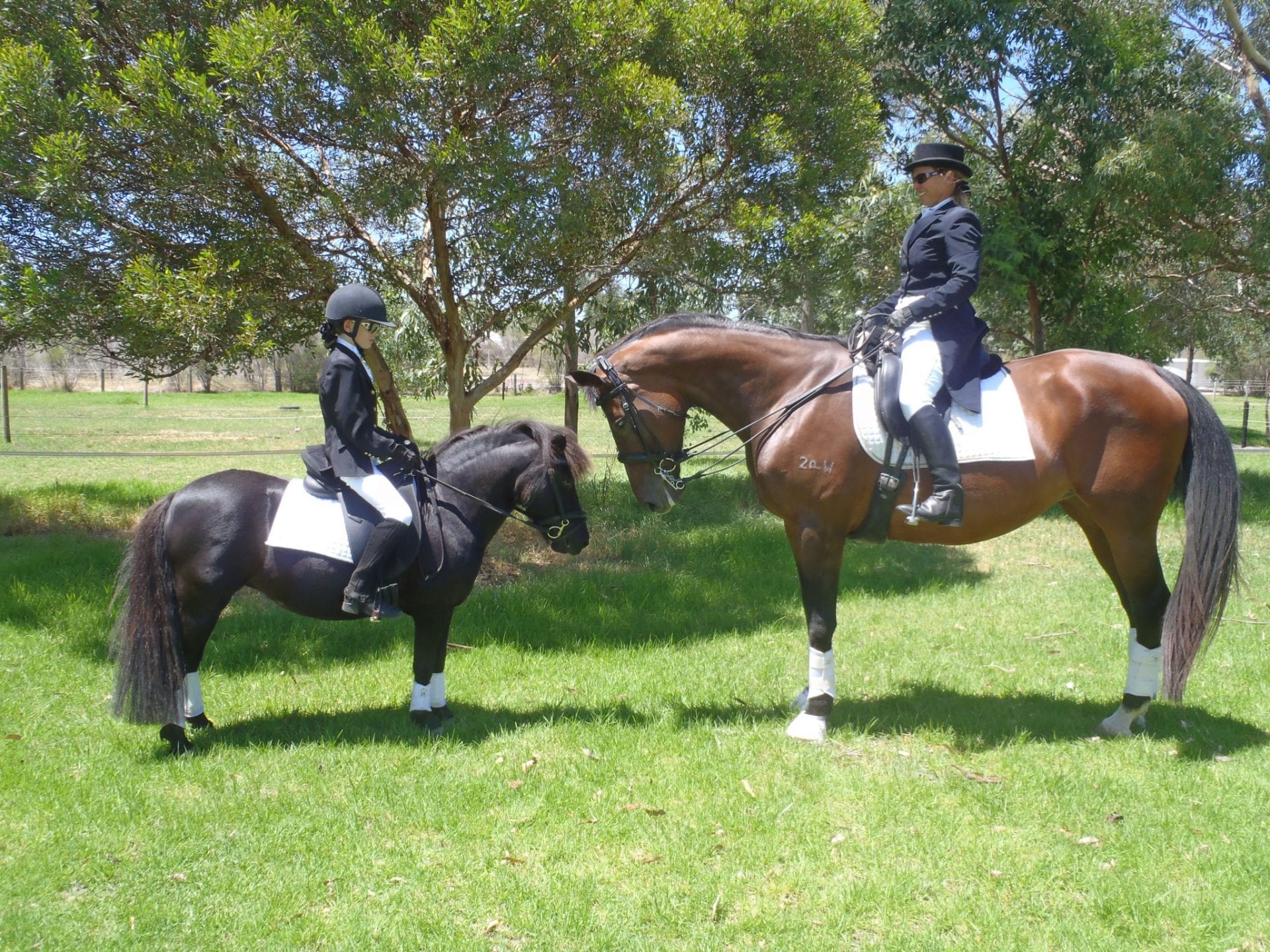
It can take between 40-60 hours for food to travel along the large intestine, which allows time for the ‘good and healthy’ bacteria to assist in breaking down the feed. If the horse has a problem in the hind gut, this ‘food’ can of course travel quicker resulting in diarrhoea or other issues.
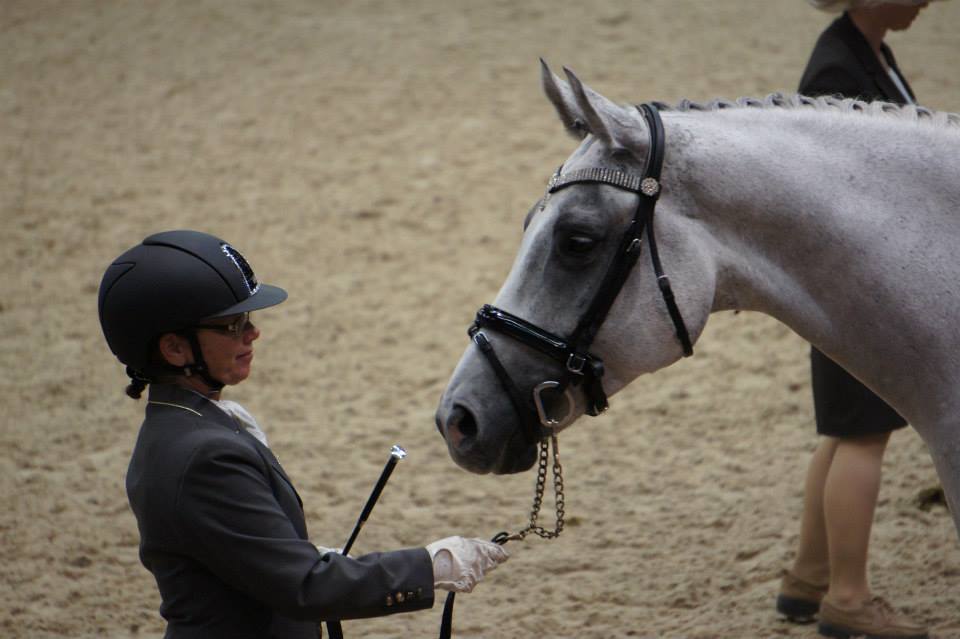
Another point of feeding is that horses like habits; beware feeding exactly the same time every day as the day you can’t make it can create enough stress for the horse to develop colic! Altering your feeding times a little can help prevent stress.
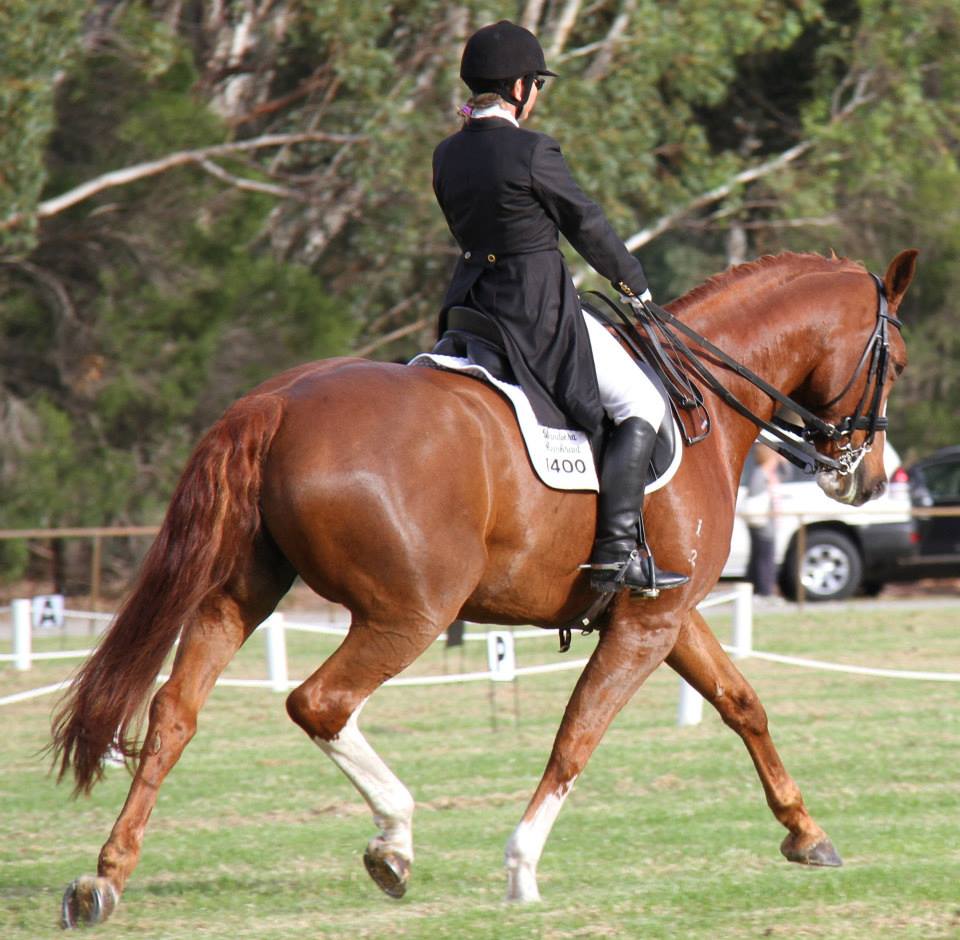
I personally like feeding flaked concentrates if I need more energy content in my feed, as the flaking process assists the digestibility of the products. If I want a cheaper alternative and perhaps not so readily absorbable energy source – then feeding a whole grain such as whole oats will increase the fibre content and encourage the horse to chew and crush the grain itself to get the benefit of the feed. Feeding soaked grains can again assist digestion or make whole grains safe to feed (such as whole lupins).
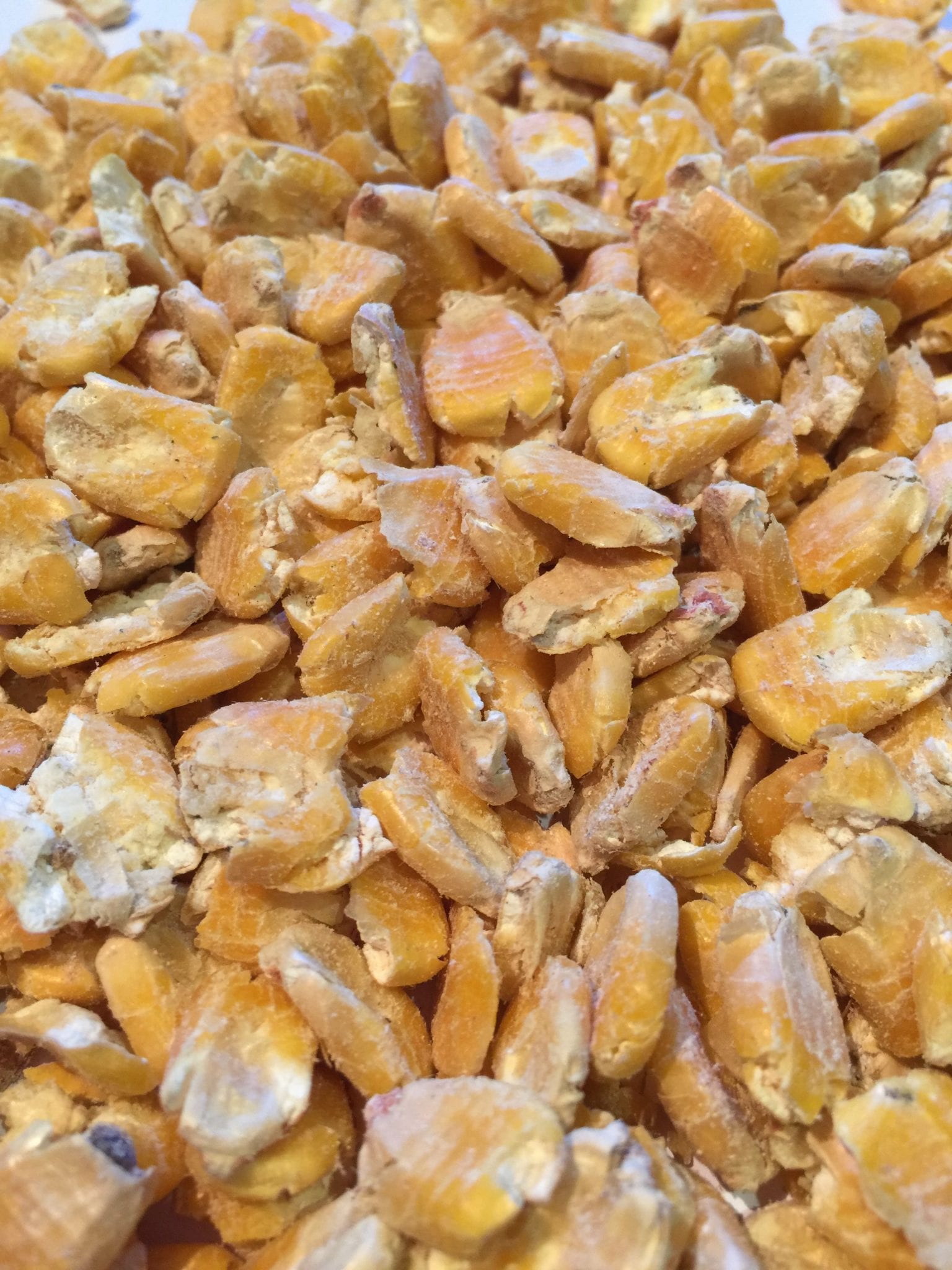
I rely on Thompson and Redwood bagged grains if I want to increase specific energy requirements, as I know they are a WA produce and all grains are rigorously inspected and quality controlled.
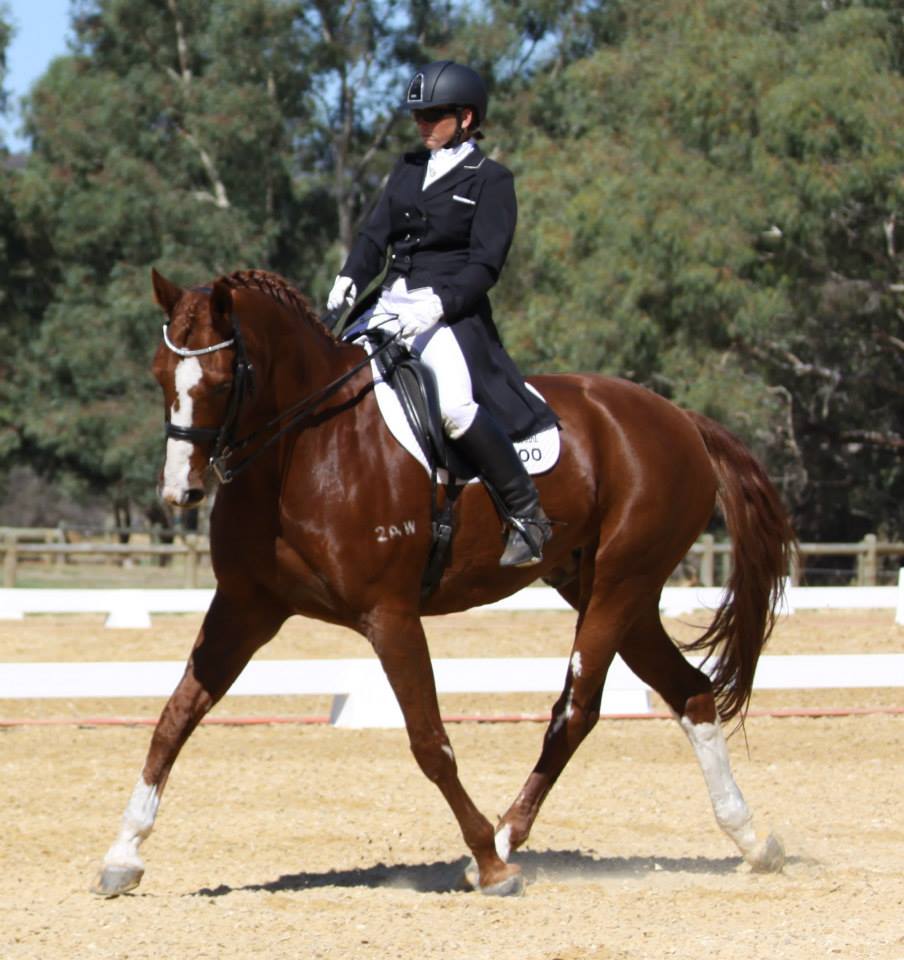
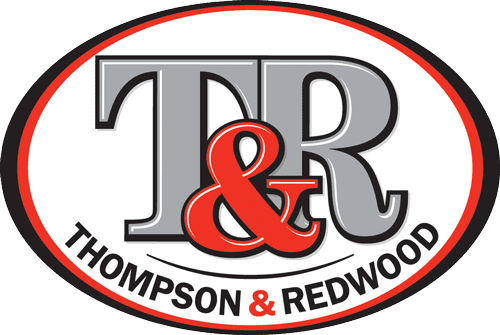


No Comments